Who loves Scotland and can say that he/she has never heard about William Wallace and his great victory over the English at the Battle of Stirling Bridge in 1297?
William Wallace showed how clever he was regarding his fighting tactics and together with Andrew Murray the victory was pretty much for sure, looked at it from today’s view at least.
The Battle was fought on the 11th of September 1297. With both armies being located on different sides of the River Forth in the beginning the Scots were lying waiting on north-eastern end of the back then still wooden and further upstream located, Stirling Bridge.
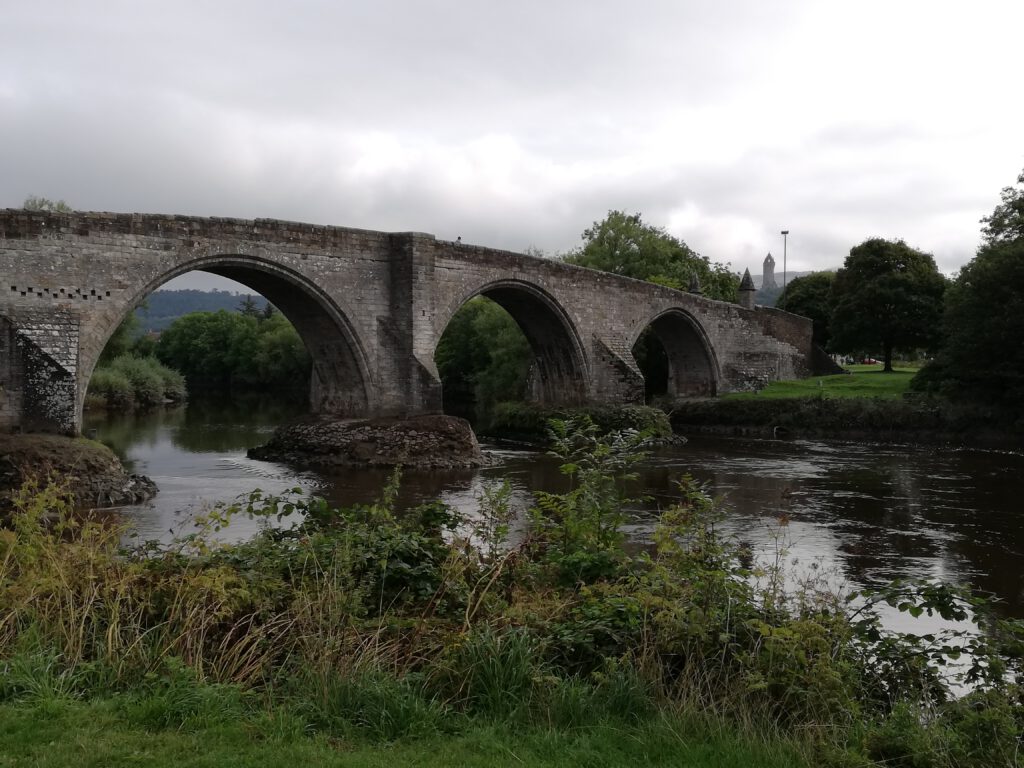
When the first English soldiers had crossed the bridge, they were trapped by the Scottish, not enough soldiers were able to cross to help their comrades while they were trapped within the slope of the River Forth and slaughtered. The Bridge was just too small for many men crossing at the same time, never mind escaping back over it, which had right the outcome Wallace had hoped for – the English army being trapped, losing!
But it had much sadder outcomes as well. The English army loosing at Stirling Bridge didn’t just cost the Scots a fabulous leader, Andrew Murray, who died due to bad injuries soon after the battle, but also led to Kind Edward I taking personal control over the English army, leading it to find and beat Wallace, which was the reason for their meeting at the Battle of Falkirk.
Being part of the First War of Scottish Independence not just the English had a lot of losses to count. The much smaller Scottish armies loses were uncounted, but the English army lost a great deal of their cavalry and infantry all in all about 5,100 which is a pretty big number considering that the English army was about 9,000 men strong before the Battle.
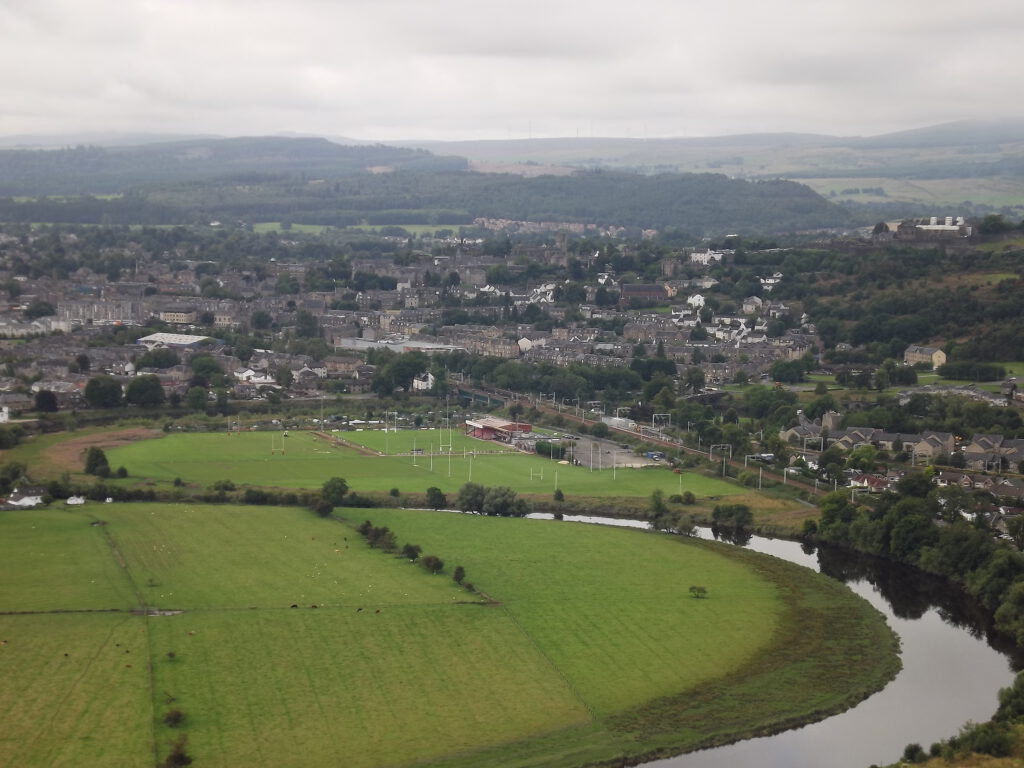
The Battle:
Surrey, concerned with the number of Scots and only the one bridge to cross, tried negotiations which Wallace is said to have thrown away responding: ‘We are not here to make peace but to do battle to defend ourselves and liberate our kingdom. Let them come on and we shall prove this to their very beards.’!
But even after that failed attempt the English would have had a better chance of winning than they decided to take. While the Scots dominated the area north of the river, the English with their bowmen and foot soldiers camped south of the river. The Scottish Sir Richard Lundie, who joined the English proposed to outflank the Scots by crossing the river over a ford to miles upstream with a cavalry force, this proposal was rejected by Hugh de Cressingham, the English treasurer in Scotland.

When the infantry started to cross the bridge slowly, the whole army would have taken quite a couple of hours to cross, the Scots were waiting until there were enough soldiers over so that they could still overcome them before the attack was ordered.
The Scots started storming at the English and managed to cut them off the bridge, cutting off any possible reinforcement. Many English soldiers died at that point already, a couple of them might have tried to swim to escape but still a lot were slaughtered.
Surrey’s confidence was gone, he had a strong position south of the river, still having a small contingent of archers. Rather than using what was left of his army Surrey ordered the bridge to be destroyed and fled to Berwick. By that decision he left Stirling Castle isolated and abandoned the Lowlands of Scotland.
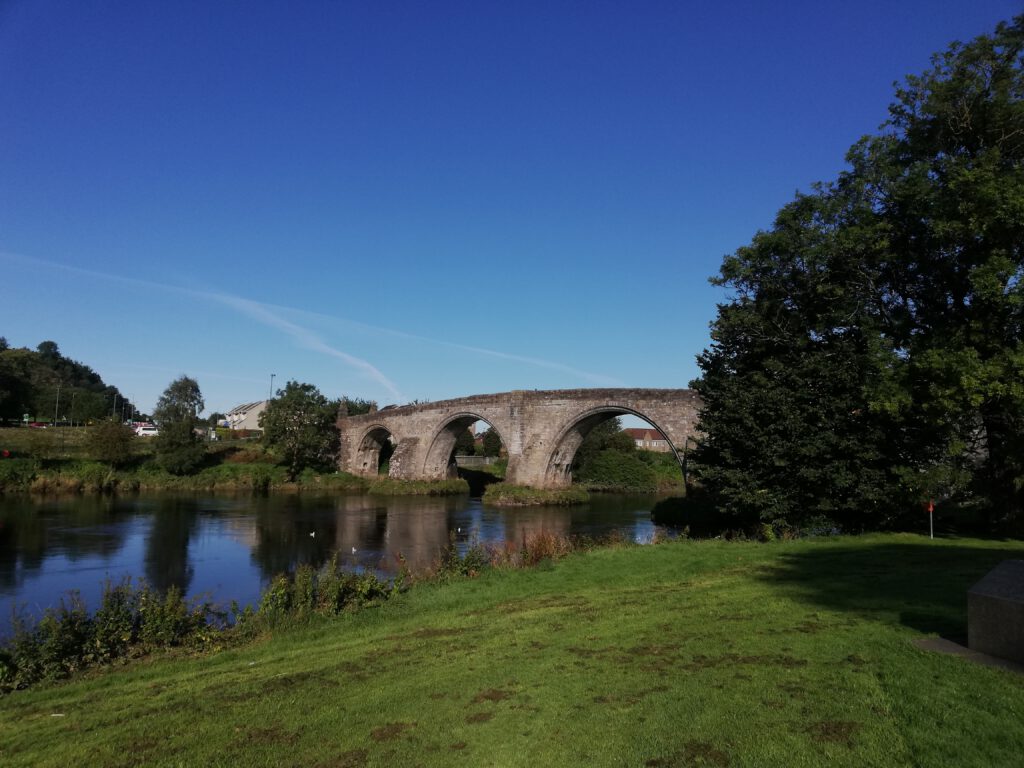
The Aftermath:
When Surrey fled to Berwick, he left William de Warine and Sir Marmaduke de Tweng in charge of Stirling Castle. Walter of Guisborough recorded the losses of the English as 100 cavalry and 5,000 infantry, he didn’t bother with the Scottish loses though, and neither did the Scots.
While the English retreated, the Scots proceeded as far as Durham, raiding England and while Edward already planned another invasion of England Wallace was appointed ‘Guardian of the kingdom of Scotland and commander of its army’. Some time later Edwards invasion led to the Battle of Falkirk.
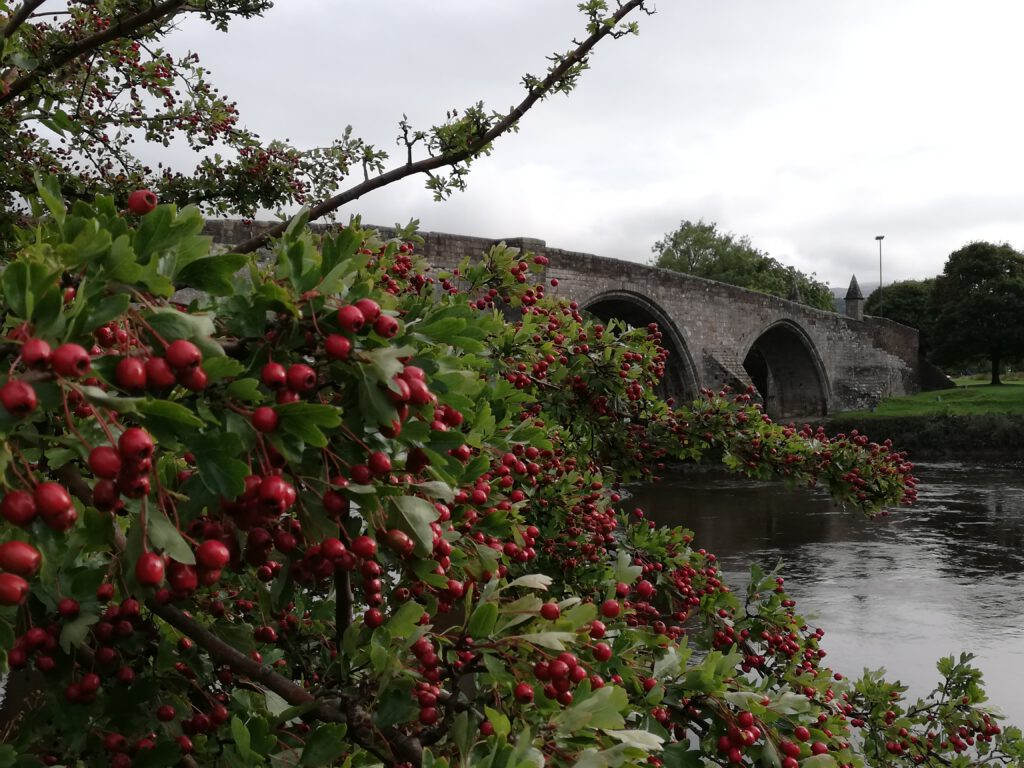
It is a shame that we can’t find that many signs of the old Bridge anymore. I for my part would have loved to see a resemblance of the original bridge at its original location.
For more about Stirling check out the link: Stirling – A scottish World
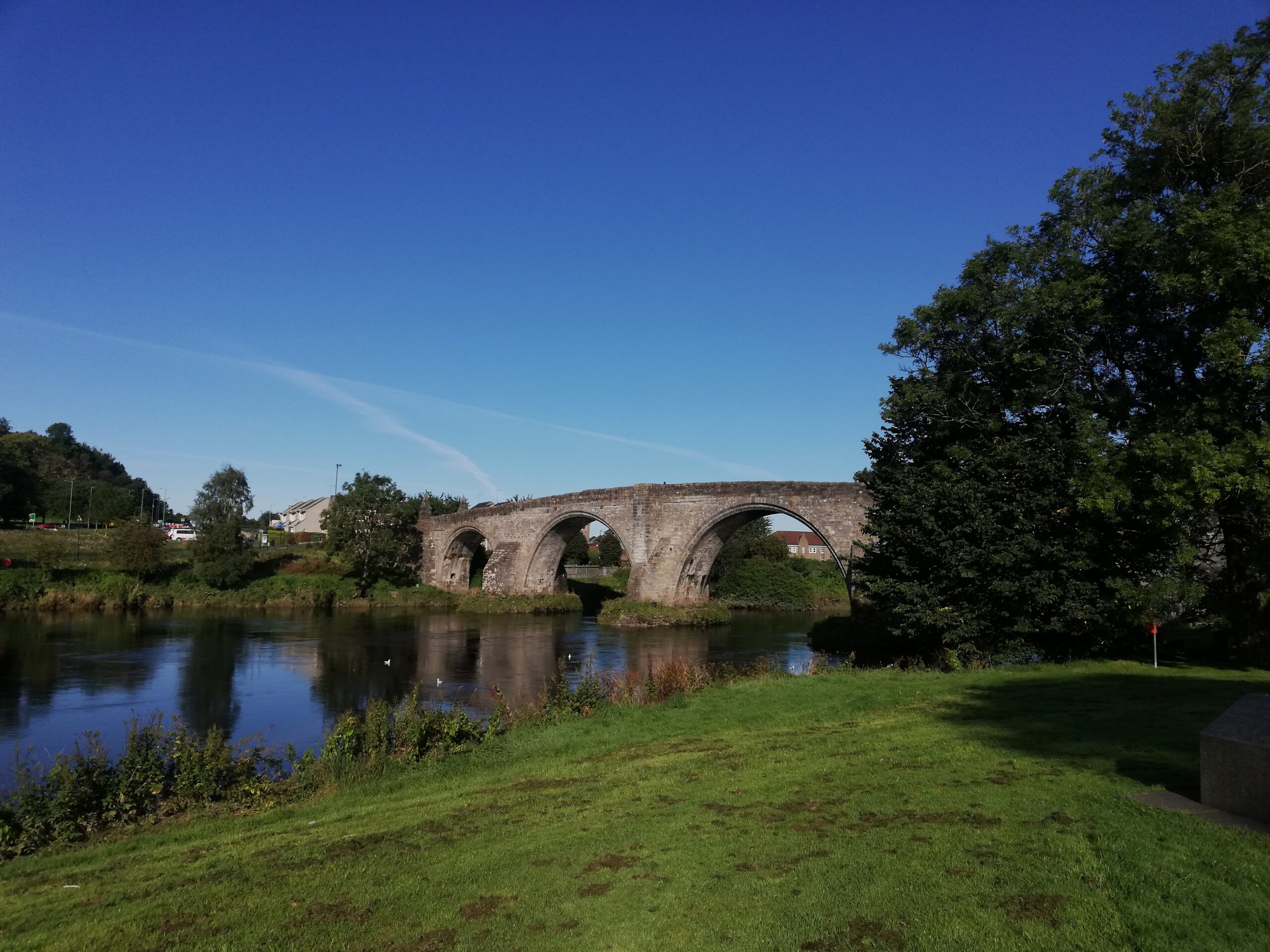
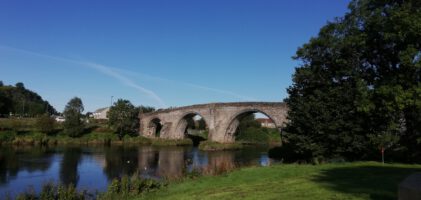
Pingback: Battle of Glen Trool – A scottish World